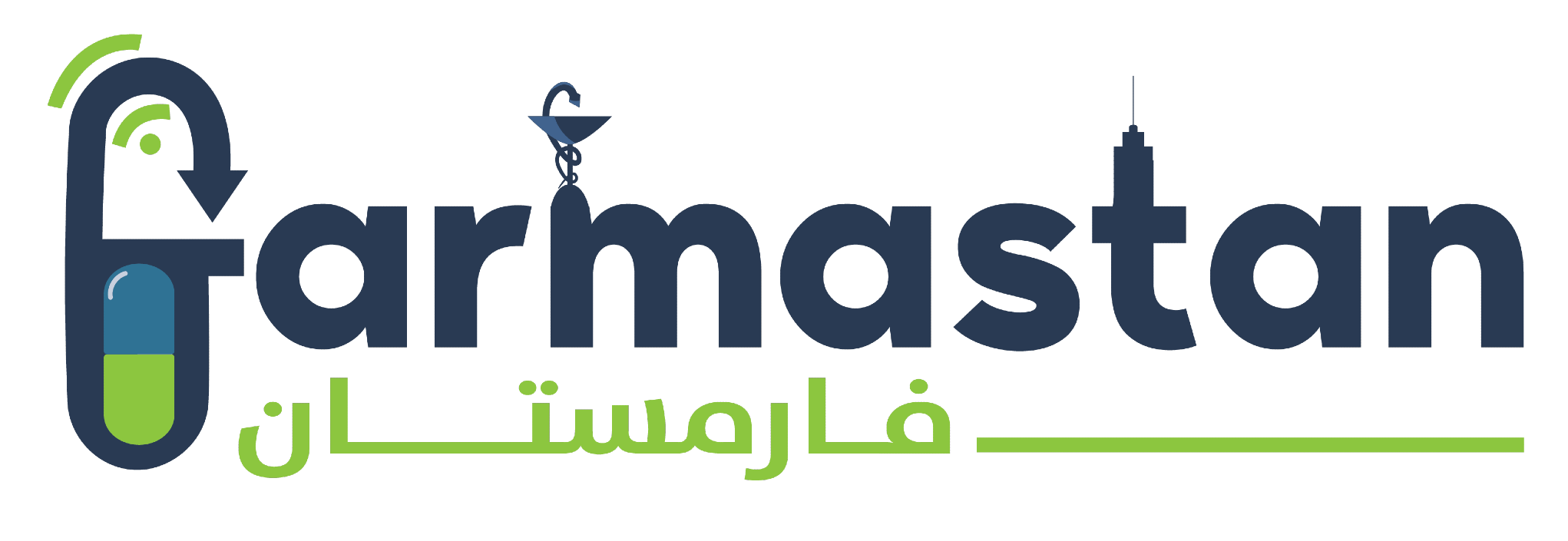Types of Orthodontic Treatment
[ad_1]
Nobody likes to hear that they will need braces. The less-than-desirable look and discomfort isn’t appealing to most people, regardless of age.
Some patients, however, have dental health issues that can only be corrected through orthodontic treatment.
Some of these issues include:
Overbite. Someone with an overbite is sometimes called as having “buck teeth.” With an overbite, the upper front teeth are significantly in front of the lower teeth.
Underbite. This is the opposite of an overbite. When you think of an underbite, you likely think of a bulldog. With an underbite, the lower teeth are too far forward.
Crossbite. With a crossbite, the upper teeth don’t close down slightly in front of the bottom teeth, which is the normal, ideal bite.
Open bite. With an open bite, the biting surfaces of the front and side teeth has space between the biting surface when the mouth is closed.
Misplaced midline. Patients with a misplaced midline has middle, upper front teeth that don’t line up with the middle, lower front teeth.
Spacing. Some patients have noticeable spaces, or gaps between their teeth as a result of lost teeth or small, crowded teeth that don’t fill in the space.
Crowding. While some patients have teeth that are too spread out and have spaces between them, other patients have teeth that grow too close to each other, causing the teeth to be crowded. This is often caused when there are too many teeth on a jaw.
If left untreated, these conditions can worsen, leading to additional dental issues and a lifetime of less-than-ideal smiles.
While braces are the most common treatment option, they aren’t the only ones. Treatment options are either fixed appliances or removable appliances:
The most common fixed appliances include:
Braces. Braces consist of bands, wires and brackets. The bands serve as the anchor for the appliances. The brackets are bonded onto the outer service of each tooth and the wires are passed through the brackets and attached to the bands. The wires are periodically tightened and gradually shift the teeth into the correct position. Depending on the severity of the misalignment of the teeth, a patient can need to wear braces from a few months to a few years.
Specialized appliances. These appliances are most often used to curb tongue thrusting and thumb-sucking.
Space maintainers. These fixed appliances consist of bands and wires and are often used in filling in extra space because of prematurely lost baby teeth.
The most common removable appliances include:
Aligners. Ever heard of Invisalign? This set of clear trays are common examples of aligners. Many adults and teenagers opt for aligners over traditional braces because of their clear look and comfortable fit. Aligners are worn much of the day and night, only to be taken out when eating, brushing one’s teeth and flossing.
Removable space maintainers. These removable appliances work the same way as their fixed counterparts. Removable space maintainers are made of an acrylic base that fits over the jaw. Plastic or wire branches will be placed between specific teeth to keep the space between the teeth open.
Jaw repositioning appliances. These orthodontic treatment options are often worn either on the top or bottom jaw to realign it into proper positioning. These jaw positioning appliances, also called splints, are effective treatments for patients with temporomandibular joint disorder (TMJ).
Lip and cheek bumpers. These appliances help move the lip and cheek away from the teeth. These bumpers buffer the pressure of the lip and cheek muscles from getting exerted onto the teeth.
Palatal expander. Patients who have too narrow of an upper jaw are best treated with a palatal expander. These devices cover the roof of the mouth and force an outward pressure on the bones of the palate via screws. The bones and joints are widened lengthwise.
Removable retainers. Typically, retainers follow braces and ensure the teeth are constantly held in the correct alignment. Retainers are usually worn on the roof of the mouth.
Headgear. This orthodontic treatment device may look like a torture device, but it is effective in slowing the growth of the upper jaw, while pulling the front teeth back.
The best treatment will depend on the patient’s needs and severity of the dental issue. When it comes to effective treatment, there is no one-size-fits-all.
If your orthodontic issue is keeping you from showing off your smile or is hindering your speaking or eating abilities, make an appointment and speak with your orthodontist. Many orthodontists create a welcoming environment and a quick and pain-free procedure.
[ad_2]
BY by GAHZLY
El Sewedy wire prices 2022
#Types #Orthodontic #Treatment

Leave a Reply
You must be logged in to post a comment.